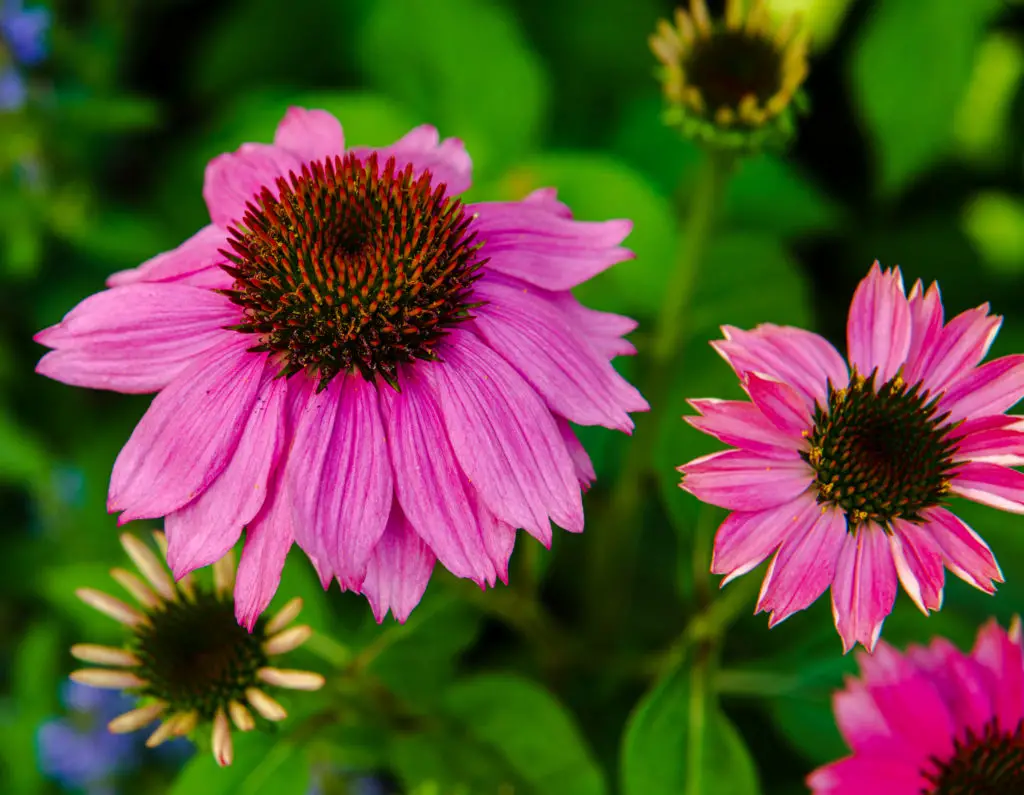
The process of seed germination will start within 3 to 4 weeks. The soil should be well-drained, and the seeds must be sown at a depth of half an inch. Make sure that you select an appropriate planting site. If you are sowing it outdoors, then the best time to do it is during the late spring or summer. This edition of seed packets was compiled in collaboration with Professor Johanna Schuster-Craig’s Global Studies in the Arts and Humanities class (GSAH 201) and the assistance of Peter Carrington.You can propagate it by sowing the seeds. We hope this project begins to plant possibilities and water new ideas in order to collectively sow the world we wish to live in. Love, hope, compassion, and social equity - like a garden - require nurturing in order to fully blossom. Unlearning systems of oppression, like growing a plant, requires daily attention and care. Through the act of gardening, we will demonstrate how ignoring the vitality of other beings impoverishes our own imaginations and collective well being. This seed packet is part of a larger project, Solitary Garden’s Social Justice Seed Packets, an anti-oppression curriculum that allows us to engage with the history of mass incarceration and other social justice issues through the stories that plants inherently tell. As a result, most of a plant’s energy is dedicated to making its seed. Seeds are built for survival over time and terrain. Seeds are travelers, progeny and potential. The seed is the most cherished part of the plant. Because of its medicinal value, commercial cultivation has boomed and the plant is disappearing from its habitats. When given low doses for longer periods of time, it has the opposite effect and decreases the immune response. When given a high dose in a short amount of time, it boosts the immune system, which is helpful for viral infections such as colds and flu. This plant was first introduced to colonizers by Native Americans who respectfully worked with the plant to treat wounds, burns, bites, toothaches, and other similar ailments.Įchinacea purpurea has many medicinal properties and has become common in vitamin shops and western cold remedies. Interestingly, the Purple Coneflower was thought to be in the Rudbeckia genus until fairly recent DNA testing revealed it was part of the Echinacea genus.

It most commonly grows in rocky flat land regions and wooded areas, and can actually replant itself in nature as the seeds fall into the ground. The plant is native to Eastern United States, including Iowa, Ohio, and Michigan. This refers to its spiky brown cone where the petals bloom off from June to August. The genus name, Echinacea, comes from the Greek word echino, meaning hedgehog. It is colorful, daisylike, and has dark green, lance shaped leaves, narrow and droopy petals, and thick, hairy stems.

It grows anywhere from two to four feet tall and is tolerant to poor soil conditions, drought and extreme heat conditions.

In its natural environment, the Purple Coneflower attracts many insects, such as honeybees and small songbirds, because of its nectar and seeds.

Arts and Cultural Management & Museum Studies.
#PURPLE CONEFLOWER NOT BLOOMING PROFESSIONAL#
Professional Licensure and Certification.Visiting Artists, Designers, and Scholars.


 0 kommentar(er)
0 kommentar(er)
